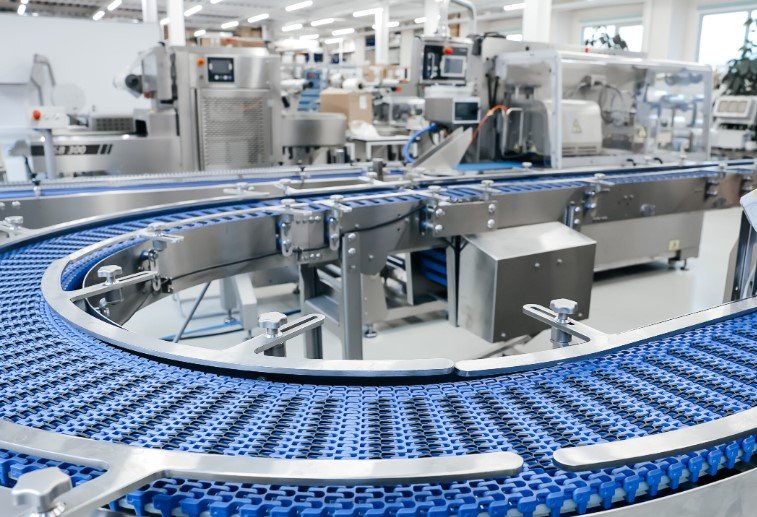UK manufacturing output grew for the first time in 12 months in October 2025, thanks to Jaguar Land Rover restarting production after a major cyber attack. The S&P Global UK Manufacturing PMI hit 49.7, up from 46.2 in September, but still below 50, showing the sector remains in contraction overall.
PMI Survey Highlights Key Gains
The latest PMI data points to a slight rebound in factory activity. While the headline figure stayed under the growth line, output levels improved across several areas.
Economists watch this survey closely because it covers about 9 percent of the UK economy. Factories reported stronger production in consumer and intermediate goods, with auto-related firms seeing the biggest lift.
This uptick came right after a tough period. Many businesses had cut back due to weak orders and rising costs earlier in the year.
The survey ran from October 9 to 28, capturing the early effects of restarts. It showed new orders dropping less sharply than before, hinting at some stability.
Jaguar Land Rover’s Role in the Boost
Jaguar Land Rover, the UK’s top carmaker, played a central part in this output rise. The company shut down all plants on August 31, 2025, after a cyber attack hit its systems hard.

Production resumed in mid-October at sites like Solihull and Halewood. This phased return helped suppliers and connected firms ramp up too.
JLR makes about a third of UK cars, so its downtime had rippled through the industry. The attack cost the firm millions daily and forced temporary layoffs at suppliers.
Now back online, output jumped in auto supply chains. Experts say this added a one-time spike to the numbers.
The restart eased some pressure on workers and orders. Yet, full recovery might take time as systems get fully secure.
Ongoing Challenges for Manufacturers
Despite the positive output news, UK factories face big hurdles. Demand stays weak both at home and abroad.
New export orders fell for the 45th straight month. Businesses blame tariff worries in markets like the US, EU, Asia, and the Middle East.
At home, pre-budget caution hurt sales. Rumors of tax hikes made buyers hold back.
- Weak global demand from key regions slows growth.
- Rising input costs, though easing, still squeeze margins.
- Workforce cuts continued for the 12th month as firms trim staff.
These issues mean the sector could slip back without stronger orders.
Input prices dropped to their lowest since early 2024, offering some relief from inflation. But output prices rose, passing costs to buyers.
Broader Economic Picture
This manufacturing snapshot ties into wider UK trends. The economy grew modestly in 2025, but factories lagged behind services.
Recent events, like budget announcements, add uncertainty. The government aims to boost investment, yet tax changes worry businesses.
Compare this to past years:
| Year | October PMI | Output Trend |
|---|---|---|
| 2023 | 44.8 | Sharp decline |
| 2024 | 45.2 | Continued contraction |
| 2025 | 49.7 | Mild output growth |
Data shows slow improvement, but risks remain high.
Other sectors, like services, posted stronger PMI readings above 50. This contrast highlights manufacturing’s unique struggles.
Global factors, such as supply chain shifts post-pandemic, also play in. UK firms adapt by seeking new markets, but progress is uneven.
Looking Ahead for UK Factories
Analysts predict the JLR boost might fade soon. Without fresh demand, output could drop again.
Rob Dobson from S&P Global noted the growth relied on clearing old orders, not new ones. Stockpiles built up, which is not sustainable.
To turn things around, manufacturers need policy support and better trade deals. Some eye green tech and exports to emerging markets.
The sector employs millions and drives innovation. A real recovery could lift the whole economy.
What do you think about this manufacturing rebound? Share your views in the comments and pass this article to others interested in UK business news.
